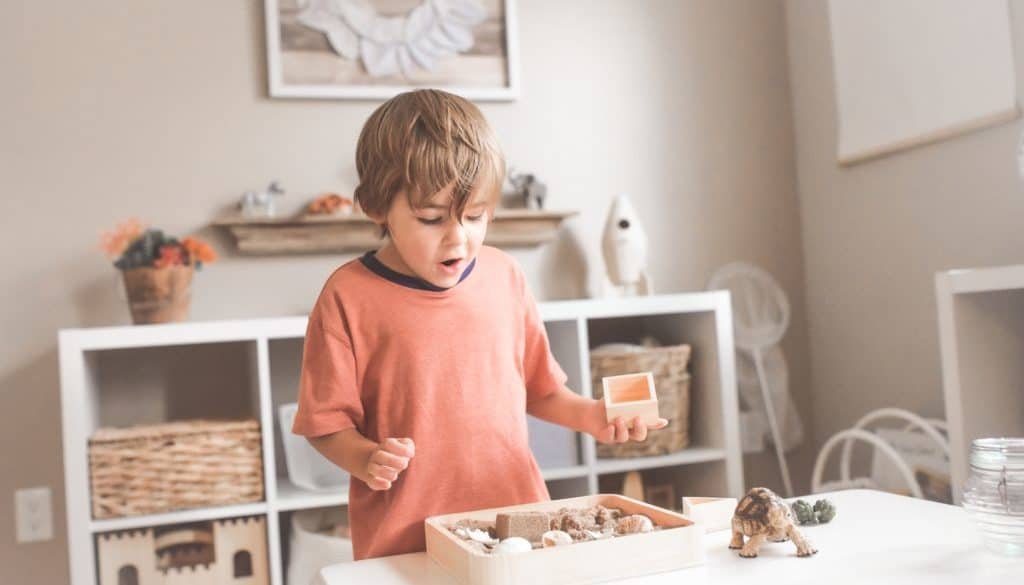When to Stop Napping
At what age will my child stop napping? It’s the dreaded question for many.
Naptime is the best time! And just when you start to get a really good nap routine going for you and your child, it seems as though your child is starting to outgrow it! But when is the right time to stop napping? And how can you do it as painlessly as possible?
What’s the average age for stopping naps?
Many families find that by the age of three, their child is no longer taking a nap and no longer needs one. But as with anything, this can vary from child to child- and of course, a lot depends on your child’s sleep personality.
By the age of three, we can think of your child’s sleep as being in 24-hour blocks rather than smaller chunks throughout 24 hours. Each child needs a certain amount of sleep within that 24 hours- either at night or shorter periods at night and a small chunk in the daytime. Put this way, most parents prefer their child to stop the nap and take all of their sleep at night instead!
Signs that your child is ready to stop napping
Seeing as every child is different and will reach the stage of no longer needing a nap at differing times, there are some signs you can look out for that could indicate they’re ready. If your child takes longer and longer to fall asleep at bedtime, or at nap time or starts to wake very early in the morning, it could be a sign that they’re getting too much sleep during the day and need to stop the naps.
Tips for making the transition easier
Some children won’t react well to suddenly taking no nap during the day, so if you know that your child tends to be a little more intense, you might want to slowly make the transition. Start by cutting the nap down a little each day, and replace the sleep time with quiet activities instead.
Be mindful that your child may be more tired at bedtime than usual, and look out for sleep cues that could suggest bringing bedtime forward a little is a good idea. Remember that an overtired child is not going to sleep well and could take much longer to fall asleep initially, too- so doing what you can to reduce this is a must.
Be prepared for your child to be a little more grumpy than usual around nap time. We all tend to come into a little bit of a lull around lunchtime, and just because your child experiences this, it doesn’t mean you should back down and put them to bed for a sleep. Stay quietly busy and perhaps just accept that for a while, this is ‘grumpy time’- it will pass.
Insist on quiet time in place of naps. So when your child would usually go to bed for one or two hours, take them to their room and engage them in quiet time instead. They don’t need to sleep, but they can use that time to recharge and rest a little instead.





